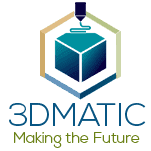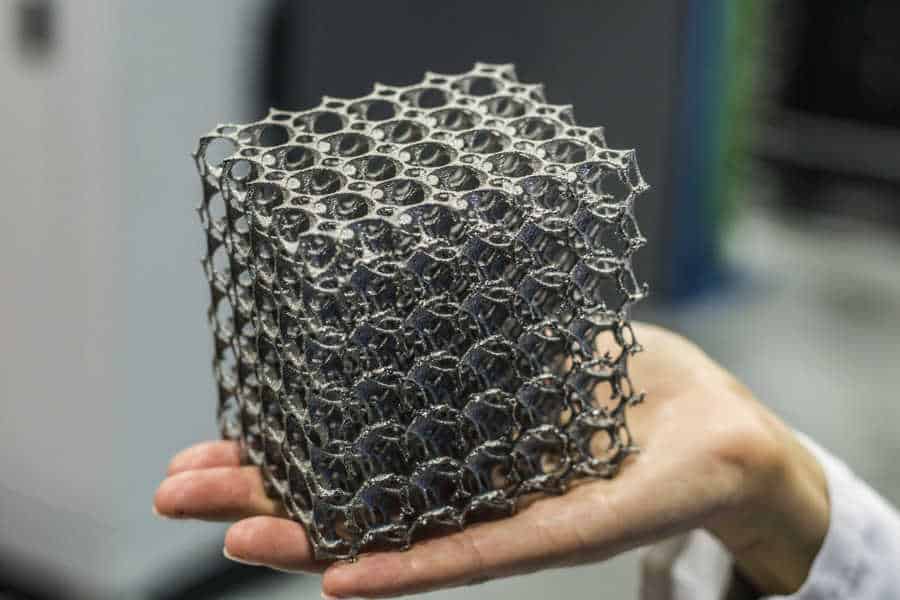To many people, the term 3D printing means that a product is built by squirting out blobs of plastic or by laying down successive layers of material to be fused or bonded together into a product.
The fact is that 3D printing technology has advanced beyond the developmental stage and is now being used on the factory floor to make complex metal-based parts. For this reason, many engineering companies prefer calling the technology AM (Additive Manufacturing) rather than 3D printing. This is to stress the manufacturing aspect of the technology.
The technique of SLM (Selective Laser Melting) has advanced 3D Printing to a level that makes it possible to build complex metal-based parts with dimensional accuracy and structural strength, which are comparable to what traditional fabrication methods provide.
In this article, the terms 3D printing and AM will be used interchangeably. However, regarding the topic “3D printing of metal-based products,” the term AM is preferred.
The sub-topics covered in this article are:
- Why were metal-based products not printed earlier with 3D printers?
- What benefits does AM printing of metal-based products provide?
- What is SLM as an AM technology?
- Which metal-based products are currently produced with AM technology?
Why were metal-based products not printed earlier with 3D printers?
In the early stages of 3D printing, printing product-worthy metal-based products were impossible for several reasons. Methods for 3D printing of metal-based products relied on these technologies:
- Extrusion technology creates parts using either FDM (Fused Deposition Modeling) or metal clay. Obviously, clay and metal cannot adhere together to produce durable engineering parts.
- Wire technology creates parts of metal alloys using EBF (Electron Beam Freeform Fabrication), which deposits molten metal pools on another metallic substrate. This was a step in the right direction, but whether inter-layer bonding strength between layers could provide acceptable structural strength was questionable.
- Granular technology uses several methods involving metal laser sintering or selective heat sintering of metal-based materials. Typical materials are titanium alloys, cobalt chrome alloys, stainless steel, aluminium alloys, and metal powders. This technology promised to print acceptable engineering parts, provided that homogeneity in material properties and adequate structural strength could be established.
- Lamination technology uses LOM (Laminated Object Manufacturing) of thin metal foils to create parts. Metal foils are made with malleable metals such as copper, aluminium, tin, or gold. Products made with this technology are more suitable for household applications than for engineering design.
These methods could not use 3D printing to produce metal-based products for two main reasons: (a) inadequate inter-layer bonding strength and (b) lack of homogeneity in material properties and structural strength.
What benefits does AM printing of metal-based products provide?
The benefits provided by AM printing of metal-based products are not difficult to discern.
- AM allows mass customization of products because products can be customized to individual needs and requirements.
- AM provides cost savings because it does not require tooling. Tooling is an expensive and labour-intensive stage of product development.
- AM provides cost savings because it reduces assembly requirements, which are also an important stage of product development.
- AM is energy and environmentally cost-efficient because it uses less raw material, creates less waste, and produces a reduced carbon footprint compared with traditional manufacturing methods.
- AM reduces costs associated with inventory and logistics because products can be produced on demand.
- AM reduces the time for the design cycle because prototypes can be printed on demand during the product development cycle.
What is SLM as a form of AM technology?
SLM (Selective Laser Melting), also called DMLS (Direct Metal Laser Sintering) is an AM manufacturing process which is based on these main steps:
- The 3D CAD design is numerically sliced into a number of finite layers.
- A laser scan path, boundary contour, fill (material deposition) sequence is calculated for each layer.
- Powder layers are deposited, one on top of another, to create the product. As powder layers are deposited, laser beams melt and fuse materials between the layers.
This form of AM technology is able to manufacture engineering components which satisfy all design requirements. SLM reduces TTM (Time To Market), because of its ability to manufacture components with complex geometries, large aspect ratios, and large surface areas. Industries such as Aerospace, Oil and Gas, and the Medical Industry are actively using SLM to produce geometrically complex components that are difficult to produce with traditional manufacturing methods.
Which metal-based products are currently produced with AM technology?
It is informative to list components and products that are being produced by AM technology, specifically with SLM.
- NASA recently used SLM with great success to build rocket motor components out of steel. NASA’s engineers have produced parts with complex geometry, and with dimensional accuracy beyond that which is possible with traditional fabrication methods. NASA planned to introduce a 3D printer into space in 2014 to assist astronauts in producing parts and tools in zero gravity environments.
- Arcam®, a Swedish company, has used SLM to print aeroplane parts.
- Customized knee implants and other prosthetics which use titanium alloys are printed with SLM technology for use in the Medical Industry.
- Bike frames are being 3D printed.
- GE’s aviation unit will soon print fuel nozzles for jet engines.
This is a very short list of components and parts which are being printed with AM technology.
Conclusion
Undoubtedly, 3D printing technology has reached a much higher level, and it makes sense to refer to it as AM printing instead of 3D printing. The technology can be used to print products with the same engineering and design properties that traditional design methods require.
The future of 3D printing looks bright in terms of reducing the cost of producing metal-based products. This means that the design cycle and costs will be reduced for engineering firms, and the cost savings will trickle down to the customer.

